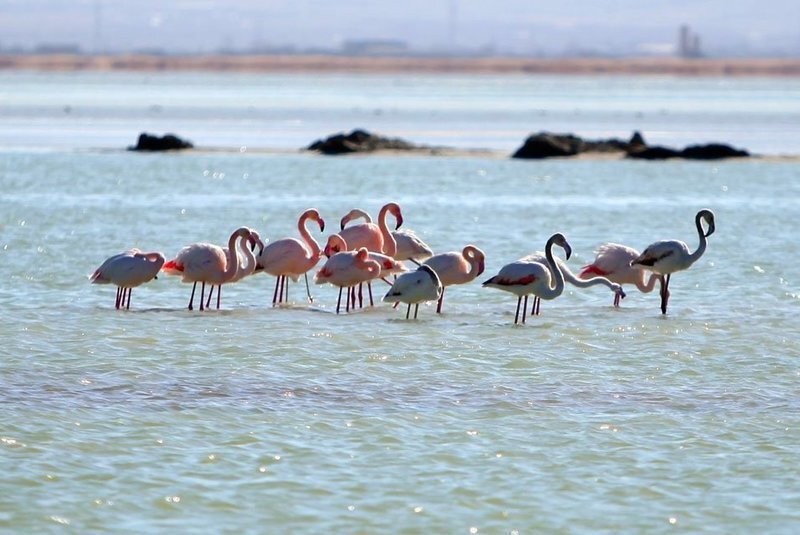Lake Urmia restoration prescribed for Bakhtegan Wetland

TEHRAN – A restoration plan and model of sustainable agriculture previously implemented on the catchment area of Lake Urmia will be extended to Bakhtegan Wetland in Fars province.
A memorandum of Understanding was signed between the Iranian Wetlands Conservation Project and the Department of Environment (DOE), the United Nations Development Program (UNDP), and the Government of Japan to implement Lake Urmia restoration achievements on Bakhtegan and Shadegan wetlands from 2021 to 2024.
By using the capacity built and the lessons learned, the new project will be scaled up to additional pilots, including Bakhtegan Wetland, Ahmad Reza Lahijanzadeh, deputy chief of the DOE for the marine environment, said.
Bakhtegan, stretching to 3,500 square kilometers, was once Iran's second-largest lake. In recent years, with the heterogeneous development of agriculture, dams, and water transfer to desert areas, the conditions for wetlands in the country have become unsuitable. Successful experience of public participation in Lake Urmia revival was formed in three provinces of West Azarbaijan, East Azarbaijan, and Kordestan, he explained.
It is hoped that with the cooperation of all related bodies, Bakhtegan Wetland will be able to independently receive international credits and financial resources, he further stated.
The main problem of Bakhtegan Wetland is the lack of proper planning for available water resources. Although drought and climate change have also been influential, the need for livelihood change, especially in the agricultural sector, is felt to reduce dependence on water resources, Hamid Zohrabi, provincial DOE chief said.
Bakhtegan is a Salt Lake with a surface area of 3,500 square kilometers it was once Iran's second-largest lake. It was fed by the Kor River. Several dams on the river had significantly reduced water flow into the lake, increasing its salinity and endangering the lake's populations of flamingos and other migratory birds.
Valuable wetlands
Wetlands play a major role in protecting the land against floods and the impacts of storms. They provide food and diverse habitats which support genetic, species, and ecosystem biodiversity. Wetlands play a key role in the life cycles of many species and in annual migration patterns.
Unfortunately, wetlands are being degraded and lost due to pollution, overexploitation, climate change, and human population growth. In recognition of these challenges, the Ramsar Convention, an international treaty, was adopted in 1971.
In Iran, 141 wetlands with ecological value with an area of over 3 million hectares have been identified, of which 25 wetlands are designated as wetlands of international importance (registered in the Ramsar Convention) covering more than 1.4 million hectares and four sites are biosphere reserves.
Of Iran’s 25 Ramsar sites about one-third are under pressure or in critical condition.
Chief of the Department of Environment, Issa Kalantari, has said in order to restore wetlands in the country a budget of 600 trillion rials (nearly $14 billion) is required.
FB/MG

Leave a Comment